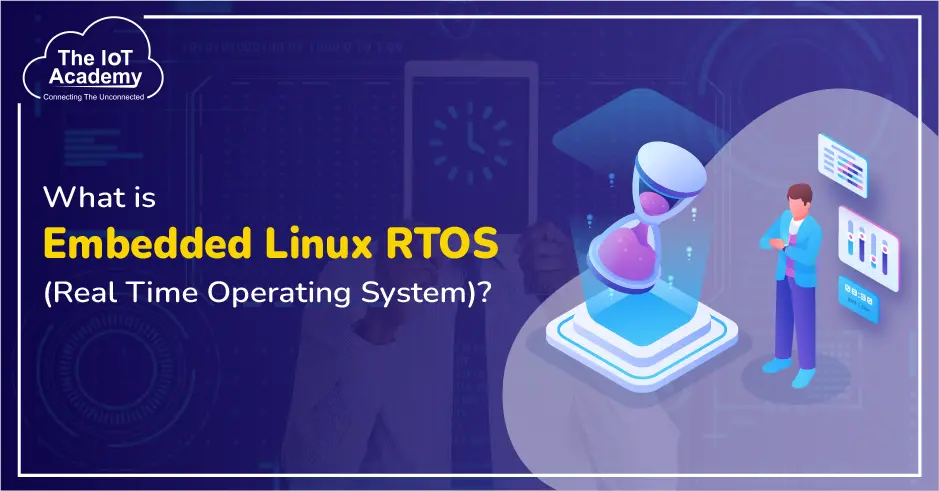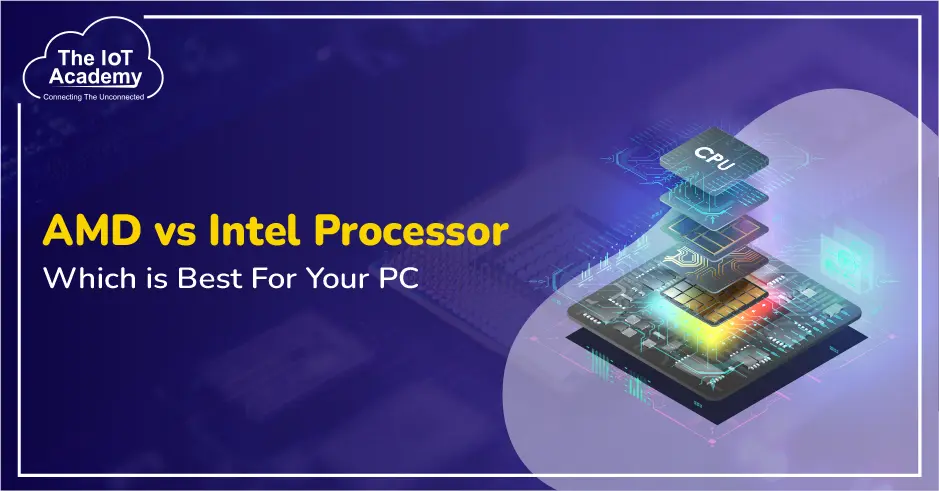In the realm of computing, the operating system (OS) serves as the fundamental software that facilitates interaction between hardware components and software applications. It is the backbone upon which all other software operates, making it an indispensable component of any computing device. In this guide, we'll explain what operating systems are, talk about the different kinds, show how they're used, and give examples to help you understand why they're so crucial in today's technology.
What is an Operating System?
An operating system is like a bridge between your computer's hardware and the programs you use. It makes sure that your computer's memory, CPU, and storage are used effectively while running. The OS helps programs talk to the hardware, like managing how they use memory or control devices. It also lets you interact with your computer, either through buttons and windows or by typing commands. Think of it as the boss of your computer, making sure everything runs smoothly and that different parts work together nicely.
Functions of Operating Systems
Operating systems make sure your computer works smoothly. They handle things like managing CPU, memory, and storage, so programs run well. They help programs talk to hardware like managing memory and files. You interact with your computer through them, either by clicking icons or typing commands. They also keep your computer safe from viruses and hackers. And they make sure your computer gets updates to stay healthy. As well as the use of Operating systems are like the bosses of your computer, making sure everything works together nicely for you.
Types of Operating Systems
OS can be categorized into several types based on their usage, design, and intended platforms. Here are some common operating system types:
- Single Operating System: Single OS means using just one operating system (OS) for all devices in a network or organization. This makes management easier, helps different devices work well together, and makes fixing problems simpler. It's different from using many OSs, which can be more complicated. SOS makes things easier for users and the people who look after the system.
- Batch Operating System: In a Batch OS, the computer executes tasks one after another without requiring user intervention. Users input tasks, and the computer processes them sequentially, initiating the next task upon completion of the previous one. This system maximizes computer resource utilization by continuously engaging it. Today, it remains used for activities such as background tasks and automated jobs.
- Multi-programming Operating System: Multiprogramming OS allows multiple programs to run simultaneously on a computer. The OS divides the CPU time among multiple processes, allowing efficient use of resources. Examples include Unix and Linux.
- Multi-processing Operating System: A multiprocessing OS uses many processors at once to do tasks faster. It splits tasks between processors, making them run quicker and improving how fast the whole system works. These systems can run lots of programs at the same time, making them good for big jobs. They're often used in powerful computers and servers to handle lots of work.
- Multi-user OS: A Multi-user OS lets many people use the computer at the same time. Unix, Linux, and some Windows Server versions are examples. Each person gets their account and can do things on the computer separately. These systems have ways to check who's using it, and share resources. As well as like files, and keep each person's work separate for safety and speed. They're often used on servers where many people need to do things together.
- Real-Time Operating Systems (RTOS): Real-Time OS (RTOS) are for systems needing exact timing for tasks. VxWorks and FreeRTOS are examples. Also, they prioritize tasks by deadlines, ensuring quick responses to events. In short, RTOSs are often used in machines, factories, and medical devices where being fast and dependable is very important.
- Distributed Operating Systems: Distributed OS (DOS) makes many computers act as one. Google's Android and Microsoft's Azure Sphere are examples. So, they let computers share things like files and processing power. Therefore, these systems help handle lots of work better and are used in places like the cloud, where many computers work together.
- Network Operating Systems (NOS): Network OS (NOS) helps computers in a network talk to each other and share things like files and printers. Examples include Windows Server and Linux with networking. As well as they make sure data goes where it should keep the network safe. Also, it controls who can access what.
- Time-Sharing Operating System: Time-sharing OS allows multiple users to interact with a computer system concurrently. It provides each user with a small portion of time on the CPU. Examples include Unix, Linux, and Windows.
Learners Also Read: How to Become a Linux System Administrator
Applications of OS
Operating systems are important software that control computer hardware and let us run different programs. Here are some key applications of operating systems:
- Process Management: OS manages processes, allocating system resources to them, scheduling their execution, and facilitating communication and synchronization among them. This ensures efficient utilization of CPU and other resources.
- Memory Management: OS controls and coordinates the allocation and deallocation of memory space for processes. Also, for Ensuring optimal memory utilization and preventing conflicts between processes.
- File System Management: It provides file management services, including organizing and managing files stored on storage devices. Also, handling file access permissions, and ensuring data integrity and security.
- Device Management: OS controls and coordinates the use of hardware devices such as printers, disks, keyboards, and network interfaces, providing a consistent interface for application programs to interact with these devices.
- User Interface: It provides user interfaces that allow users to interact with the computer system. This includes graphical user interfaces (GUIs) for desktop systems, command-line interfaces (CLIs) for advanced users and administrators, and increasingly, voice or gesture-based interfaces in modern systems.
- Security: OS implements various security mechanisms to protect the system and its resources from unauthorized access, malware, and other security threats. This includes user authentication, access control mechanisms, encryption, and security auditing.
- Networking: It provides networking capabilities, allowing computers to communicate and share resources over local area networks (LANs), wide area networks (WANs), and the Internet. This includes network protocols, device drivers, and network configuration tools.
These applications illustrate the critical role that OS plays in managing computer systems and enabling a wide range of computing tasks and applications.
Operating System Examples
The OS helps people use computers by managing resources, running programs, and letting devices communicate with each other. Here are some of the examples of OS:
- Windows: Windows, made by Microsoft, is a popular OS because it's easy to use and works with many different programs and devices.
- macOS: It is developed by Apple, and runs on Mac (Apple) computers. It's liked for its smooth look, reliability, and how well it works with other Apple stuff.
- Linux: Linux is a free operating system core that many versions, like Ubuntu and Red Hat, use. People like it because it's stable, safe, and can be changed a lot.
- Android: Android, made by Google, is the system that runs on most phones and tablets. It's built on Linux and used by a lot of people around the world.
- iOS: iOS, from Apple, runs only on iPhones, iPads, and iPod Touch. People like it because it works well, is safe, and connects smoothly with other Apple things.
Conclusion
In conclusion, operating systems play a pivotal role in modern computing, providing a robust platform for running applications and managing hardware resources. By understanding the types, functions, and examples of OS, users can better appreciate their significance in enabling the functionality and performance of computing devices across various domains.
Frequently Asked Questions
Ans. In short, an operating system has three main parts: the kernel, which handles important tasks like memory and CPU use; and the user interface, where you do things on the computer. As well as the system utilities, which help manage files, networks, and other stuff on the computer.
Ans. The operating system is super important because it helps you use the computer by managing resources. Also, in running programs, and giving you a friendly way to interact with them. It makes sure everything works smoothly and stays stable. As well as performs well, allowing you to do lots of different things on the computer.







